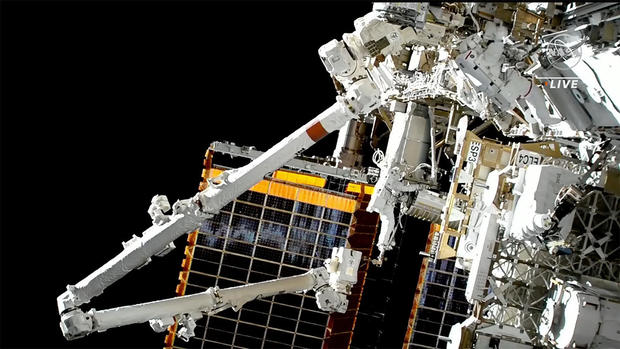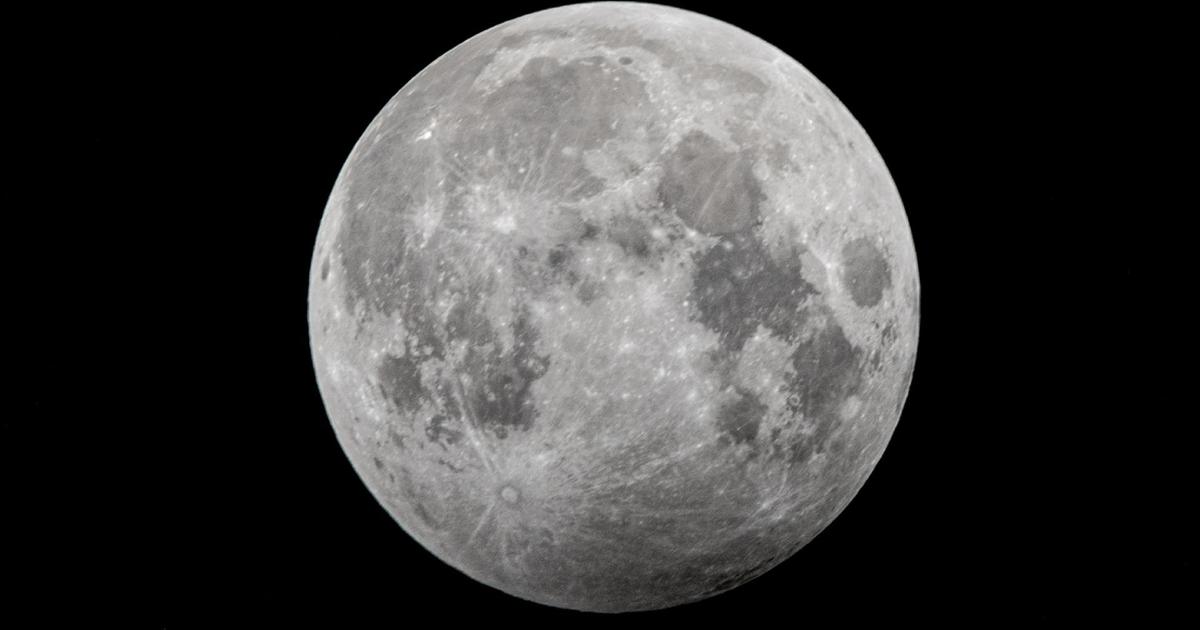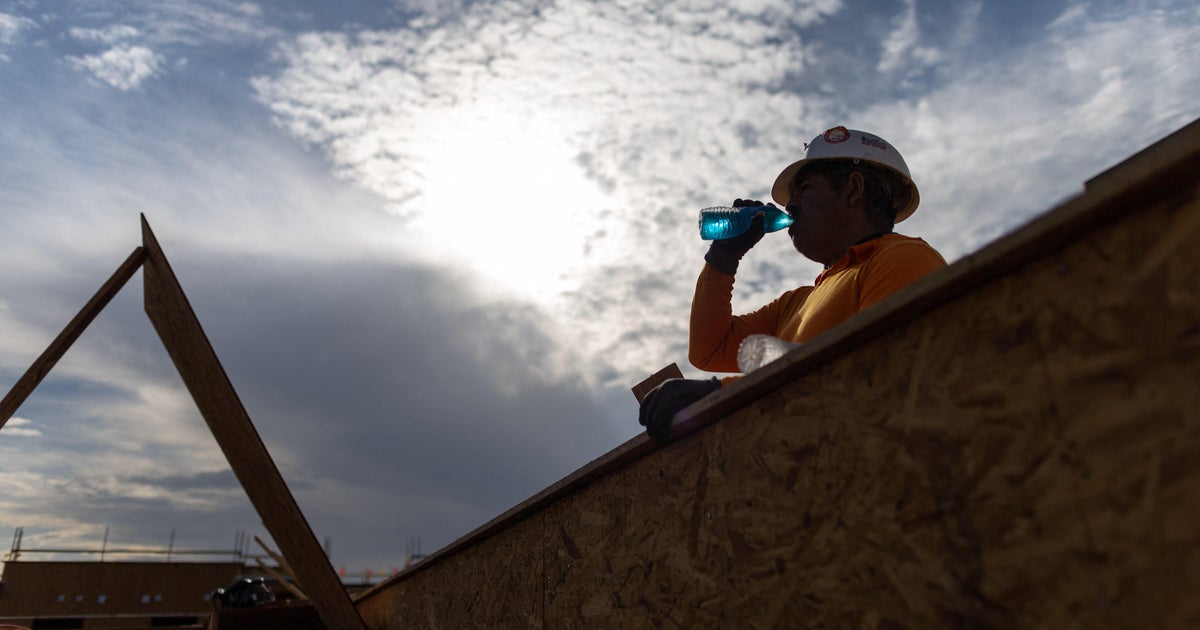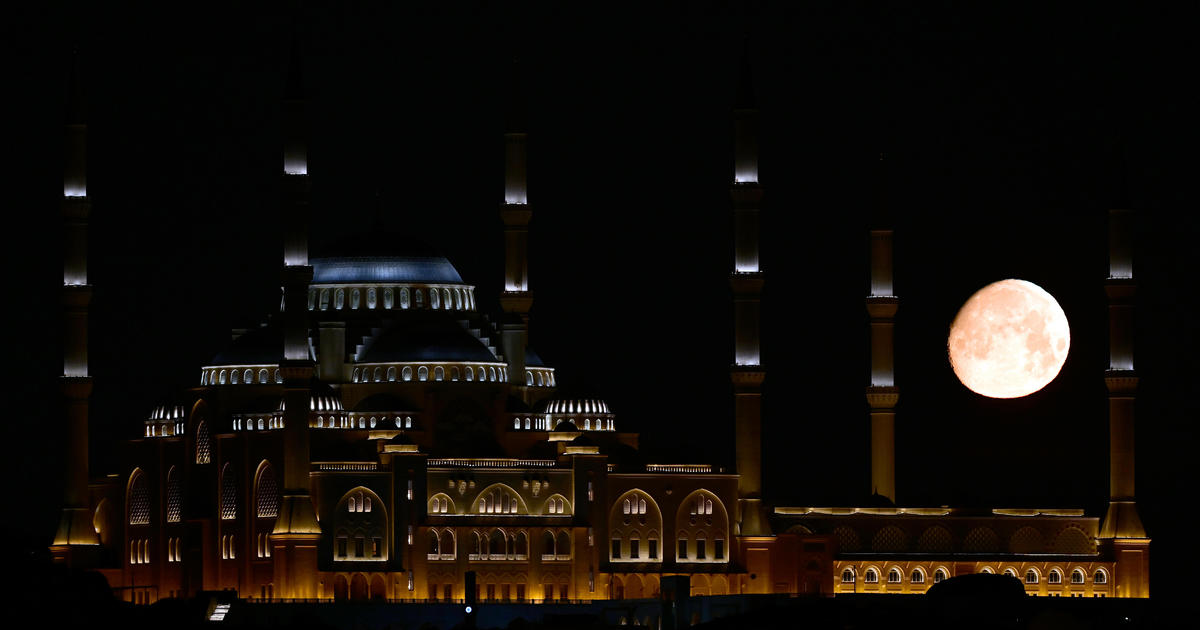Spacewalkers install fifth roll-out solar blanket to boost space station power
Two astronauts ventured outside the International Space Station Friday and installed the fifth of six roll-out solar array blankets -- iROSAs -- needed to offset age-related degradation and micrometeoroid damage to the lab's original solar wings.
Floating in the Quest airlock, veteran Stephen Bowen, making his ninth spacewalk, and crewmate Woody Hoburg, making his first, switched their spacesuits to battery power at 9:25 a.m. EDT, officially kicking off the 264th spacewalk devoted to ISS assembly and maintenance and the seventh so far this year.
NASA is in the process of upgrading the ISS's solar power system by adding six iROSAs to the lab's eight existing U.S. arrays. The first four roll-out blankets were installed during spacewalks in 2021 and 2022. Bowen and Hoburg installed the fifth during Friday's spacewalk and plan to deploy the sixth during another excursion next Thursday.
The two new iROSAs were delivered to the space station earlier this week in the unpressurized trunk section of a SpaceX cargo Dragon. The lab's robot arm pulled them out Wednesday and mounted them on the right side of the station's power truss just inboard the starboard wings.
The astronauts had no problems removing the first 750-pound iROSA from its carrier pallet so Hoburg, anchored to the end of the robot arm, could carry it to the installation site. Bowen met him there and they attached it to an already-installed mounting fixture.
As the station sailed 260 miles above the Great Lakes, the 63-foot-long solar array slowly unwound like a window shade to its full length. Well ahead of schedule by that point, the spacewalkers carried out a variety of get-ahead tasks to save time next week when they float back outside to install the second new iROSA.
They returned to the airlock and began re-pressurization procedures at 3:28 p.m., bringing the 6-hour three-minute spacewalk to a close. With nine spacewalks totaling 60 hours and 22 minutes under his belt, Bowen now ranks fifth on the list of the world's most experienced spacewalkers.
"I want to say congratulations to the team on an exceptional EVA, you guys were fantastic today," radioed Canadian astronaut Jenni Sidey-Gibbons, the mission control CAPCOM, or communicator. "Congratulations to Woody on your first spacewalk and to Steve on your ninth. Finally, congratulations to all of Crew 6 on your 100th day on orbit. It's been a doozy."
The space station is equipped with four huge solar wings, two on each side of the lab's power truss. Each wing is made up of two 39-foot-wide blankets extending 112 feet in opposite directions. The first two-blanket wing was launched in December 2000 with additional sets delivered in 2006, 2007 and 2009.
The arrays feed power into eight electrical circuits, two per wing. When the station is in daylight, the arrays charge batteries and deliver power to the lab's myriad systems. During night passes, the batteries feed stored power to the station.
Solar cells degrade over time and NASA is adding the iROSAs, at a cost of $103 million, to the existing power system to compensate for their reduced output. When fully extended at an angle from the base of an original solar panel, each one of the new 20-foot-wide roll-out arrays can generate more than 20 kilowatts of power.
Combined with the 95-kilowatt output of the original eight panels, the station's upgraded system will provide about 215,000 kilowatts of power. While the iROSAs cast shadows on the underlying original-equipment arrays, the combined output will exceed what the older wings generated when they were new.







